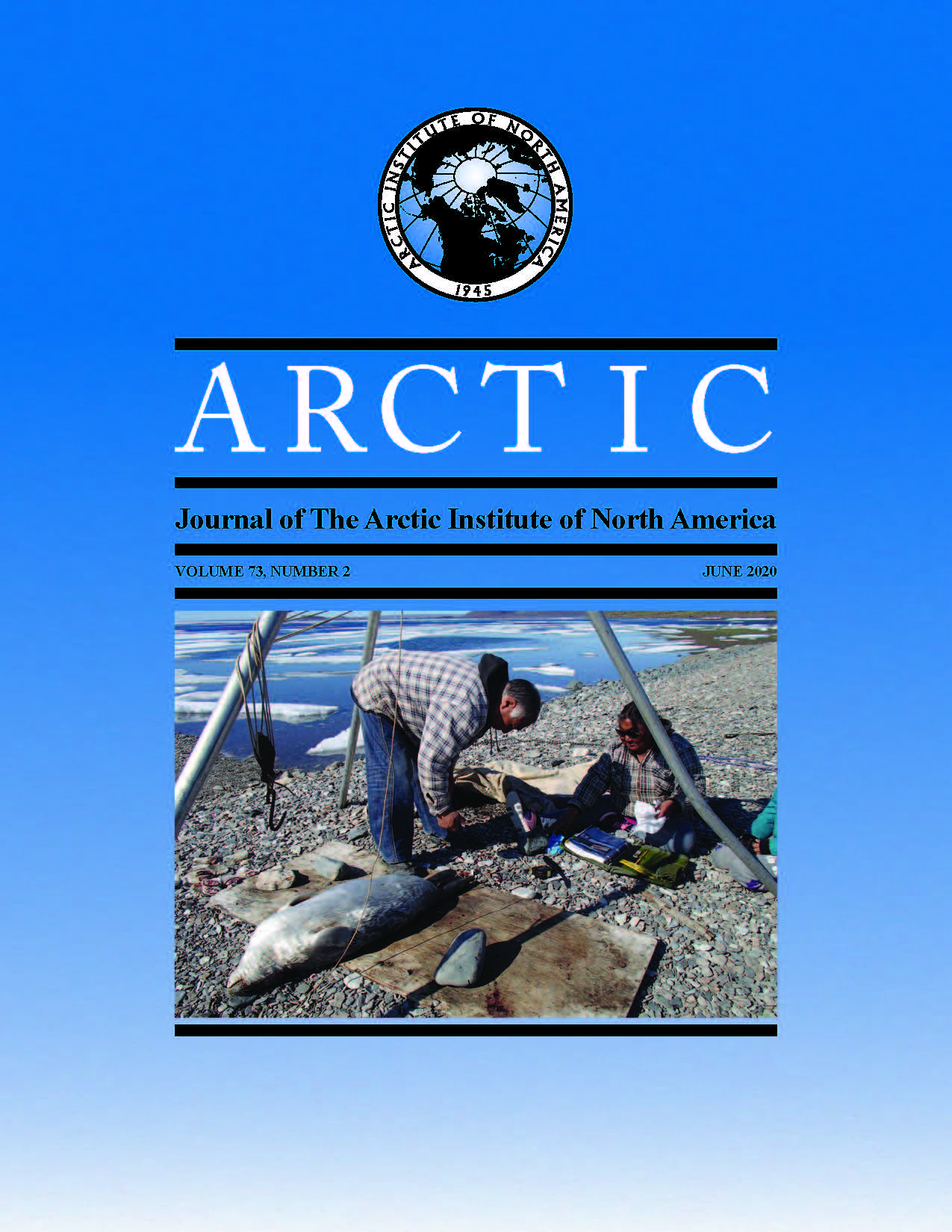The Impact of Vegetation on Archaeological Sites in the Low Arctic in Light of Climate Change
DOI:
https://doi.org/10.14430/arctic70248Keywords:
vegetation; Low Arctic; archaeological sites; root damage; visibility; Nuuk FjordAbstract
Vegetation is changing across the Arctic in response to increasing temperatures, which may influence archaeological sites in the region. At the moment, very little is known about how different plant species influence archaeological remains. In this study we visited 14 archaeological sites stretching across a climatic gradient from the outer coast to the inner fjords in the Nuuk Fjord area of West Greenland to assess the impact of vegetation growth on archaeological preservation. Examination of the physical disturbance of archaeological layers and materials by roots from different plant species showed that horsetail (Equisetum arvense) was particularly destructive because of its deep penetrating rhizomes and ubiquity across the study area. Willow (Salix glauca) also caused physical disturbance due to a dense root network, but its roots were mainly found in the upper 30 cm of the soil. Focus was also given to the impact from vegetation on the visibility of sites, where growth of willow was found be the main problem, especially in the inner fjords. Historic descriptions and aerial photographs from the sites show that shrub growth was already widespread in the region by the 1930s, but photos of some of the sites investigated show that the willow shrubs are significantly taller today, which has decreased the visibility of site features. The impact from horsetail and willow on archaeological sites may be mitigated using geotextiles and grazing by livestock, but both methods require further studies before being implemented in the study area.


